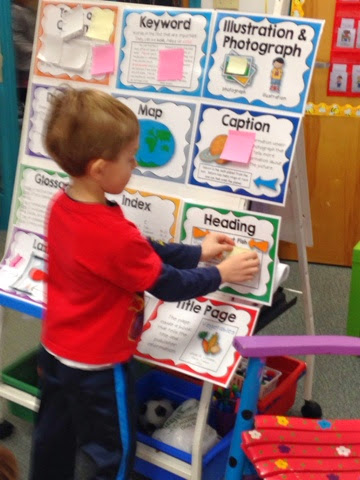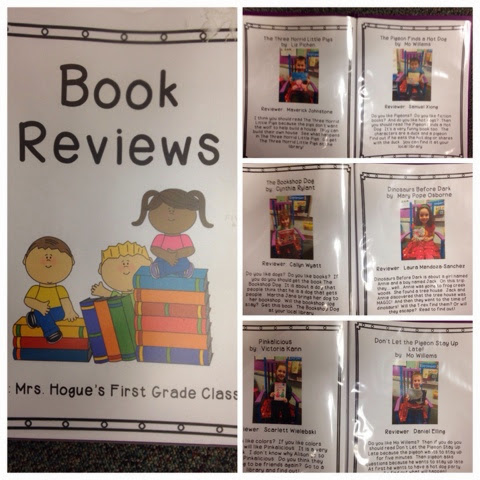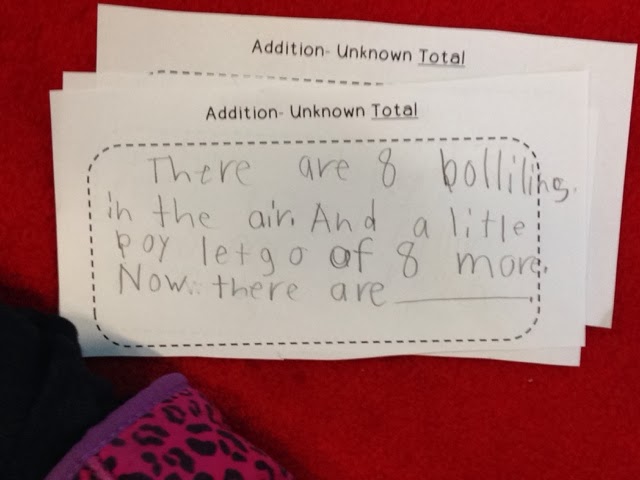Here is a peek into our week!
Writer's Workshop
This week we became teachers and taught others about topics we are experts on. We learned how to writing teaching books, or nonfiction, books I order to teach our reader.
We began this exciting unit by comparing features of a fiction and nonfiction book. We quickly came up with a lengthy list of differences which included noticing that nonfiction books teach us about a topic and that you use a 'teaching voice' when reading them. We decided to try these features out in our own writing.
We also learned how writers think about a readers questions, elaborating sentences, and using pictures to teach more about our topics. We turned to a nonfiction author, Gail Gibbons, to teach is about using pictures.
She uses diagrams, labels, maps, labels, and so much more to teach through her pictures. We can do this too! Take a look!
Reader's Workshop
We also turned our focus back to nonfiction during Reader's Workshop. Below are the teaching points we focused on this week:
This week we worked with a partner to record new and intersting facts we learned throughout the week.
We also reviewed the different text features we find in nonfiction books. We used sticky notes to mark a place in which we used a text feature to help us get more out of our book.
At the end of the week each child chose one fact to publish in our class book. After we created our page, we organized our book by topic!
Word Work
This wee we focused on the -Ed ending and the 3 sounds it makes.
Math Workshop
Well your first graders worked hard this week comparing data!
We started the week using our stairs steps to represent data. We worked with a partner to generate questions from the data. For example, a question from the data below might be How many more times did Abby jump than Maverick?
We then moved into comparing three categories of data.
We learned that we can use the words most and fewest when comparing more than two categories.
At the end of the week we learned how to use comparison bars to compare data. Comparison bars are used to solve problems more quickly than stair steps or drawing dots. Comparison bar situations are set up to have the larger amount on top, the smaller amount below, and the difference in an oval. We will continue this concept next week.
I hope you all had a great weekend!
Love,
Mes. Hogue


























































